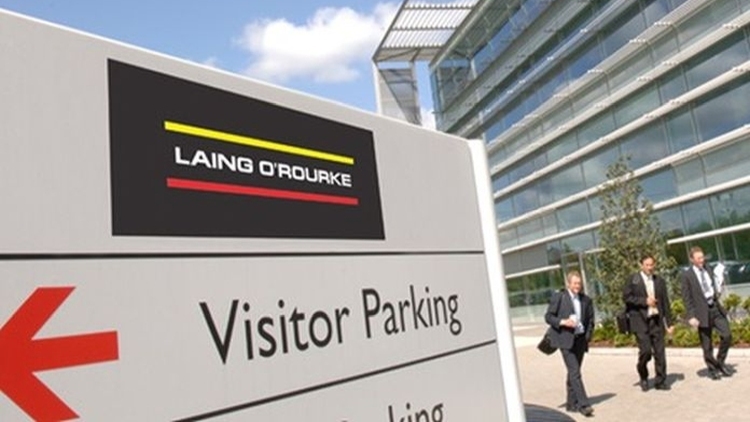
Laing O’Rourke has blamed “demographic changes” to the composition of its directly employed construction workforce and the impact of covid-19 on earnings among salaried staff for a widening gender pay gap.
The company reported that in April 2020, women’s median hourly pay in Europe was 17.6% lower than men’s (2019: 6.9%). Meanwhile, female mean hourly pay was 13.6% lower than men’s (2019: 7.8%).
Laing O’Rourke explained that the data for its latest gender pay gap reporting period was influenced by covid-19 measures amid the onset of the pandemic. During the month in which the data was taken (April 2020), employees on the monthly payroll experienced a temporary salary reduction of 20% to 30%, based on seniority. This reduced the monthly hourly rates for both men and women.
At the same time, weekly paid workers (predominantly male) were less affected – as frontline construction work continued after only a short pause, it said.
In April this year, the company announced targets including a commitment to address gender balance and ensure equal numbers of men and women across the global staff population by 2033.
Laing O’Rourke said it was also committed to recruiting more women and to provide additional opportunities for them to develop into senior roles. In the UK, the company’s graduate intake this year was 56% male and 44% female, the summer Industrial Placements cohort was 50:50, and the professional apprentices 2021 intake was 45% female.
But it warned that due to the reporting format in the UK, the impact of more females joining the business may actually widen the pay gap in some years.
Josh Murray, group people director, said: “We have committed to a 2033 benchmark where we will have equal numbers of male and female staff within the business, and a new platform of belonging that shifts the style and inclusivity of how we, and our supply chain partners, operate our sites, projects and offices.
“Our action plans to attract and retain more women into our organisation continue to develop – and we can demonstrate significant improvements in our executive population, senior women on projects, and equality around entry-level talent. This has given us great energy to go further.”











